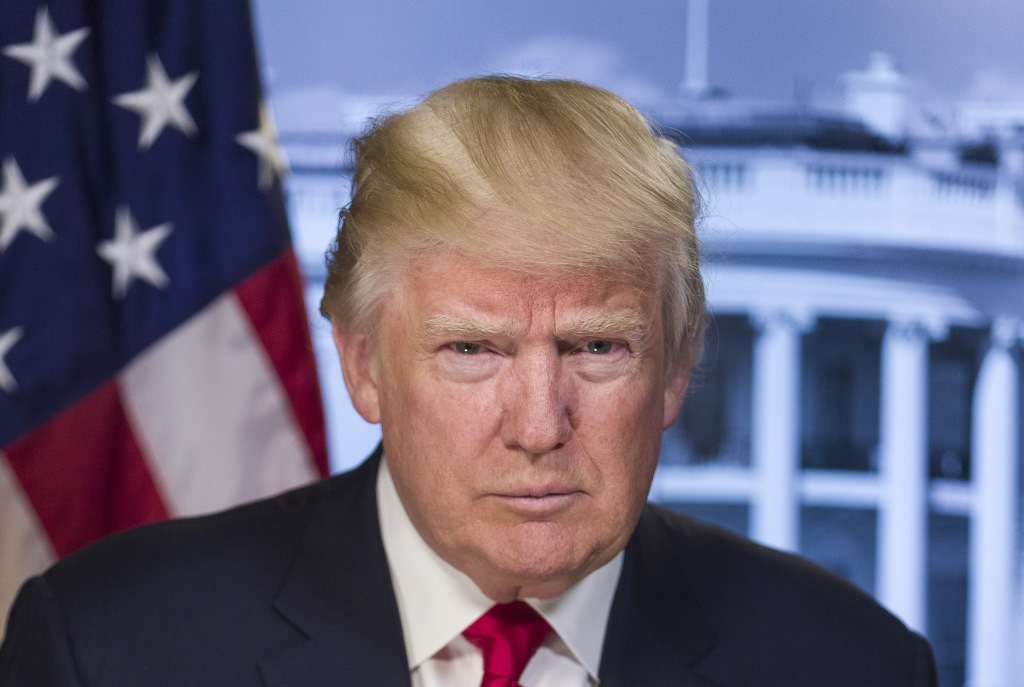Priorities USA Expands Pre-Convention Budget to $150 Million, Reserves Millions of Dollars of Wisconsin Ad Time
Washington, DC — Priorities USA is expanding its budget through the convention from $100 million to $150 million and, additionally, reserving $70 million in TV and digital ads, including its first TV reservations in Wisconsin. Priorities has been running digital ads in Wisconsin since July 2019, outspending President Trump during that time. While these reservations begin February 25th, Priorities has millions of dollars set aside to begin running TV ads prior to that date to ensure that Trump and his allies are not able to define the general election before we have a nominee. In 2016, Priorities did not run its first TV ad until May.
Of the $70 million being reserved at this time, about $40 million will be on digital video and audio platforms like YouTube, Hulu and Pandora, and about $30 million will be TV. About $5.8 million of the TV buy will be in Wisconsin, along with a multimillion-dollar portion of the $40 million in digital ads.
“While most of our party is focused on choosing our nominee, Donald Trump will be spending unprecedented amounts of money in battleground states in an effort to define the election before our nominee has a chance to defend themselves. We will not let this go unanswered,” said Guy Cecil, Chairman of Priorities USA. “Priorities USA has been outspending Trump online in key states for the last six months, and we will now be expanding our efforts to TV to make sure Wisconsin voters are hearing about how Donald Trump isn’t working for them.”
NOTE: This press release was submitted to Urban Milwaukee and was not written by an Urban Milwaukee writer. While it is believed to be reliable, Urban Milwaukee does not guarantee its accuracy or completeness.
Mentioned in This Press Release
Recent Press Releases by Priorities USA
Priorities USA Announces Six-Figure Ad Buy to Mobilize Unlikely Voters in Wisconsin Supreme Court Election
Mar 17th, 2023 by Priorities USAThe campaign will also examine if specific types of ad content lead to higher voter turnout






















